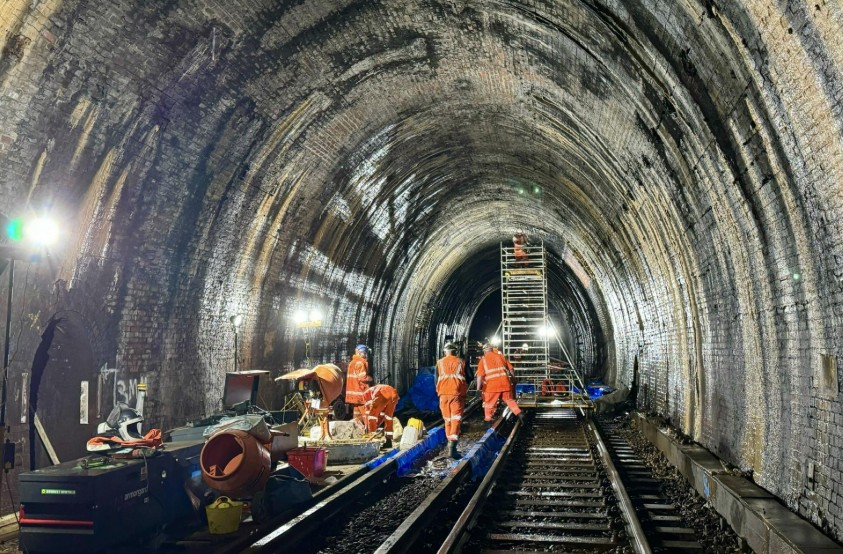Rail Maintenance: Blackheath Tunnel Trains Back on Track After Groundbreaking Repair Project
Trains are once again running through the iconic Blackheath Tunnel, as a major rail maintenance operation wraps up after 10 weeks of intense engineering.
This Victorian-era tunnel, dating back 175 years, has undergone a transformative strengthening project, an ambitious first for the UK’s railway network. The result? More reliable journeys for thousands of commuters travelling between Charlton and Blackheath.
Normal services resume today. That means two trains per hour heading to Cannon Street through the Woolwich and Bexleyheath routes. For weeks, they were rerouted via Greenwich during the closure.
At the heart of the project was an inventive grout injection process. Engineers filled the sandy, gravel-packed voids surrounding the tunnel with a special expanding grout. This bonded the loose material tightly, solidifying the tunnel’s foundation like never before.
A second grout layer was applied to waterproof the most vulnerable sections. This step not only shields the tunnel’s Victorian brickwork but also protects critical infrastructure like signalling and track systems.
Officials say the methods used here could shape the future of rail repairs across the UK.
“Over the last 10 weeks, we’ve completed a groundbreaking programme in the tunnel that will improve reliability by strengthening and waterproofing the structure to better protect the railway,” said David Davidson, Chief Operating Officer at South Eastern Railway.
“Savings from this approach are estimated to be around £10 million, and this can be reinvested across the network to deliver more improvements that will keep passengers moving.”
The team didn’t just patch things up—they rebuilt from the inside out.
“Last summer our engineers cleaned soot from the tunnel lining, carried out detailed surveys, and replaced thousands of bricks to stop water getting in.
This year we’ve installed a new tunnel lining, rebuilt drainage systems, and completed essential track work, including the removal of the waterlogged sections known as ‘wet beds’.
I want to thank our customers for bearing with us while the tunnel was closed for this work to deliver better journeys.”
By the Numbers, A Tunnel Transformation:
-
1,000 core holes drilled—stretching 900 metres
-
4,000 grout injection tubes installed—13 km in total
-
55 tonnes of grout used—filling two swimming pools
-
Movement sensors detect shifts as small as 0.01 mm
-
100+ workers on site, working around the clock
The scale of the work and its success are already generating buzz in the rail industry. With repairs completed, travellers can look forward to smoother, more dependable journeys through this historic tunnel, built in the 1800s, but now future-ready.






